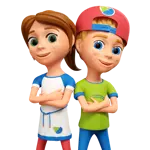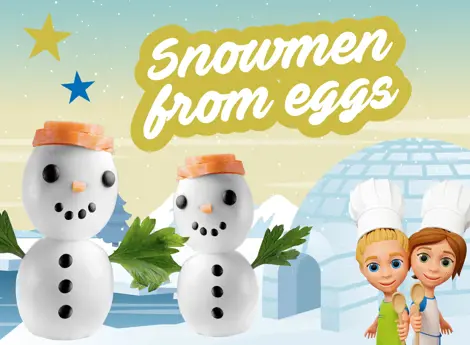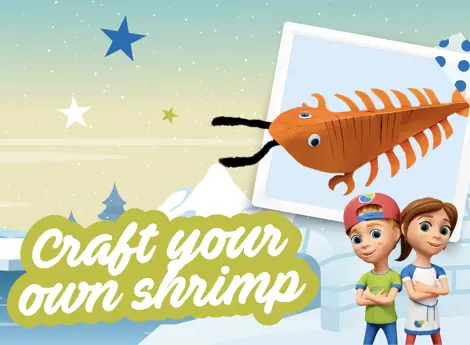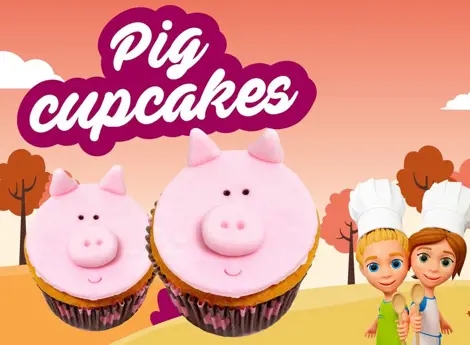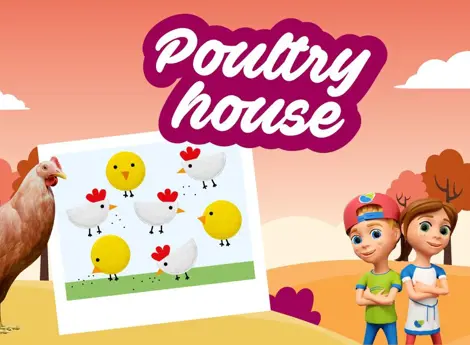From poo to plant
We all need food to live, play, and grow. So much so that we eat several times a day. But did you know that this also goes for animals, plants, and even tiny bacteria and mould? They too need food to be able to live and grow. In fact, they all depend on each other to be able to live or survive. Because did you know that animal poo contains very valuable nutrients for plants? This is why cow poo is often used as a fertiliser. This is called a ‘cycle’, because the cow dung is not waste, but rather the start of a new growth period.

What is a cycle?
Cycles big and small can be found across the globe: in the sea, in forests, but also in towns and cities. The big difference is that natural cycles produce no waste, but as soon as humans become part of the cycle, then there is waste. This is to do with the number of people involved, but especially with what and how much we make in factories and consume in our homes.
‘The number of people living on planet Earth continues to grow. When granddad was your age, there were 3.5 billion people on this planet. That's a lot of people, but today there are 7 billion of us! That’s twice as many! Obviously, the planet is still the same size, and so we need to take good care of it and try to prevent waste as much as possible.’
Smart farmers
All over the world, there are smart farmers that producing food. Thanks to smart agriculture and livestock breeding, they can make enough food to feed not only ourselves but also lots of people in other countries. This is actually quite impressive when you consider the limited space we have available here, and also because we use cycles in our production. So, no need to change anything, right? Not quite! The perfect cycle is one without any waste, and many farmers in agriculture are already trying to minimise the waste they produce.
What is agriculture?
Agriculture is the overall name for all practices where plant-based food (fruit and vegetables) is grown and animals are raised and kept for their meat, milk, or eggs. In crop farming and horticulture, they produce plants, while livestock farming is all about the animals.
We humans use part of these plants for our food: for example, we extract the sugar from sugar beets for you to sprinkle on your pancakes. What remains of the beets, however, is not used... But: by not throwing what’s left of these plants away as waste, but instead using part of it for animal feed, we are creating the start of a cycle.
‘The remains of a plant when it's been ground up is called ‘pulp’? This is very fibrous, which is good for the animals.’
It all begins with good soil
The soil is the basis for all our food. We also need to keep the soil healthy to make sure that there is enough food for everyone on this planet in the future. Spreading manure on the land makes the soil fertile. ‘Fertile’ means that plants will grow well in the soil. But did you know that too much fertiliser is actually a bad thing? Not only for the soil, but also for the plants growing in it and the insects and butterflies feeding off those plants. Too much fertiliser disrupts the cycle.
The cycle at a dairy farm
The cycle at a dairy farm goes from soil to plant, from plant to animal, and from animal back to soil, through animals’ poo. Lots and lots of farmers are already trying to reduce the waste produced in this cycle. They grow their own grass and corn to feed to their cows, for example. But grass and corn alone is not enough. Cows are also fed dried pellets, which are known as ‘concentrates’. Some labels to show the high quality of feed, such as Beter Leven, require at least 70% of the ingredients of these concentrates to come from Europe, which we call ‘locally sourced’.
Seeing as farmers grow the grass themselves, and often corn as well, they also have lots of land. This means they have somewhere to use their cows’ poo. As a result, they need less artificial fertiliser, and we’re another step closer to completing the cycle.
